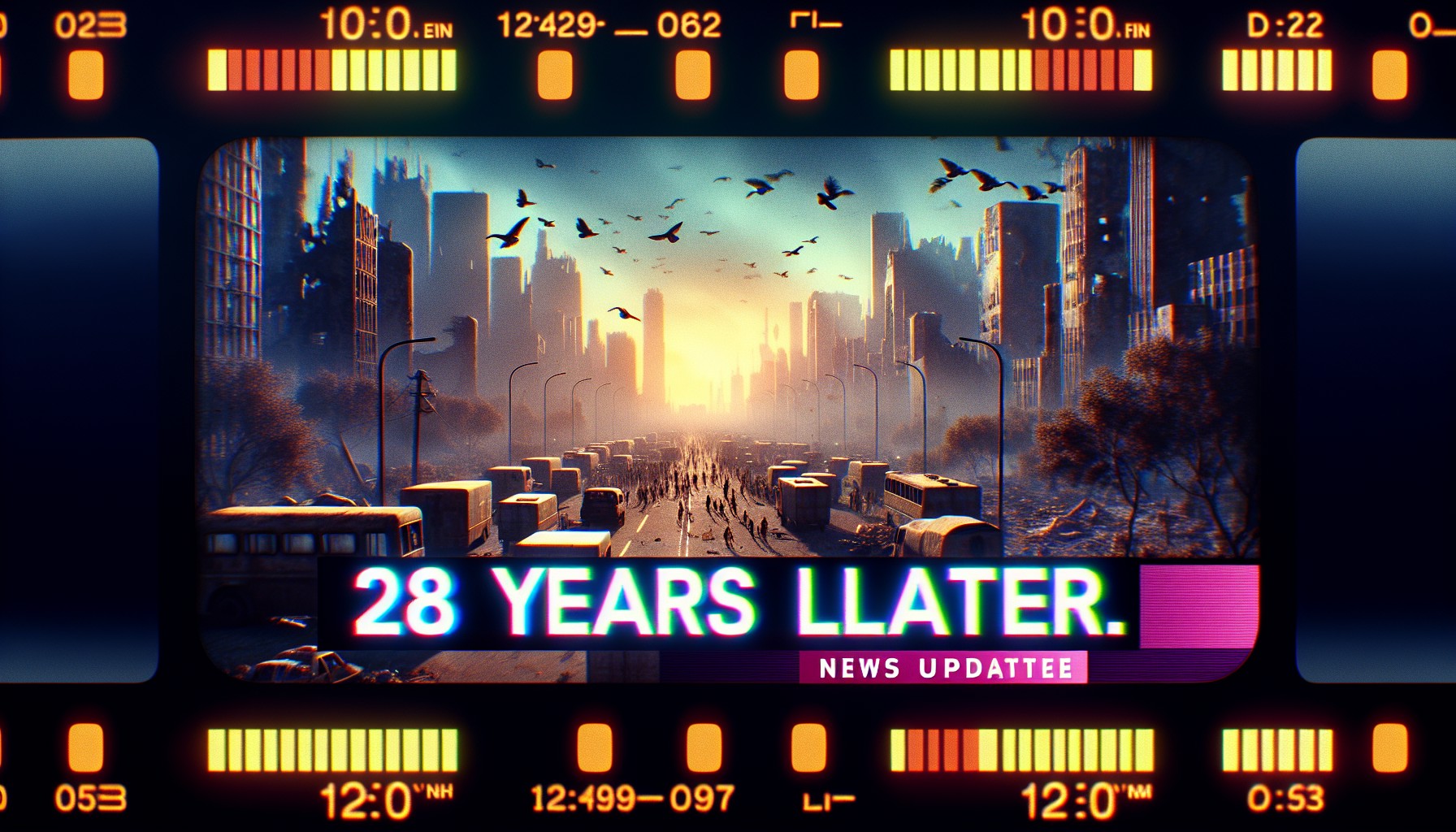As the clock ticks towards the future, the landscape of life and death is evolving in ways that were once confined to the pages of science fiction. In 2025, the intersection of technology and mortality offers us a plethora of choices on how we might leave this world—a concept that is both fascinating and deeply unsettling. Artificial Intelligence (AI), a field that has progressed at an unprecedented rate, is now extending its reach into the realm of death. There are many kinds of death, shaped by technology, and indeed, some are better than others.
AI has transformed how we experience life, but its influence on death is equally profound. Consider the concept of digital immortality, where one’s consciousness can be preserved in a digital format. This type of ‘death’ isn’t a termination but a transition. When our biological bodies fail us, AI offers an alternative—a virtual existence where one’s digital self can continue to interact with the living. This technology is in its infancy, but as it matures, it may redefine our understanding of what it means to die.
The integration of AI in healthcare has also given rise to another kind of death—one that is more informed and, by some accounts, more dignified. Predictive analytics powered by AI can forecast the progression of terminal illnesses, allowing patients and families to prepare for the inevitable with a degree of certainty that was previously unimaginable. This foresight enables individuals to make informed decisions about end-of-life care, ensuring that their final days are spent in accordance with their wishes, whether that involves aggressive treatment, palliative care, or a serene passing at home.
Moreover, AI is playing a crucial role in creating personalized death experiences. From virtual reality (VR) simulations that allow individuals to say goodbye to loved ones in a controlled environment to AI-driven memorial services that capture the essence of a person’s life through personalized narratives and holograms, technology is reshaping the rituals surrounding death. These innovations offer comfort and closure, transforming death from a feared unknown into a personalized farewell.
Yet, the influence of AI on death is not without its ethical dilemmas. The prospect of digital immortality raises questions about identity, consent, and the very nature of existence. Who controls the digital afterlife, and what rights do the digital deceased have? Furthermore, the use of AI in predicting death poses challenges related to privacy and the psychological impact of knowing one’s fate. These issues demand careful consideration as we navigate this new frontier.
On the darker side of the spectrum, AI has also been implicated in facilitating less humane forms of death. Autonomous weapon systems, powered by artificial intelligence, have the potential to make life-and-death decisions without human intervention. This form of death, dictated by algorithms and devoid of human empathy, is a chilling reminder of the potential for technology to devalue human life.
Despite these challenges, there is an undeniable allure to the idea of crafting a death that aligns with one’s values and desires. As technology continues to evolve, it will become increasingly important to engage in conversations about how we want to die. AI offers the potential to not only extend life but to enrich the quality of our final moments, ensuring that when the time comes, we can embrace death as a part of life rather than an end.
In conclusion, as we stand on the precipice of a new era, the role of AI in death is a testament to the complexity and potential of technology. There are indeed many kinds of death, and some, with the help of AI, can be better than others. As we continue to explore this brave new world, we must strive to harness the power of AI to create deaths that are as meaningful and dignified as the lives we live.
